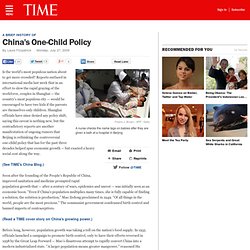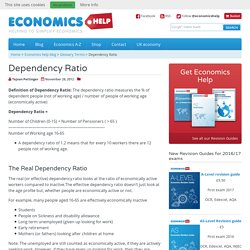

HD Stock Footage Massive DDT Spraying in San Antonio Texas.
Maps. Urban Sprawl, Smart Growth, and Deliberative Democracy. CNN In-Depth Specials - Visions of China - Asian Superpower: China's Three Gorges Dam. China's biggest construction project since the Great Wall generates controversy at home and abroad By Bruce Kennedy CNN Interactive (CNN) -- It is the virtual definition of a monumental project -- a dam one and a half miles wide and more than 600 feet high that will create a reservoir hundreds of feet deep and nearly 400 miles long.

The reservoir, its engineers say, will enable 10,000-ton ocean-going freighters to sail directly into the nation's interior for six months of each year, opening a region burgeoning with agricultural and manufactured products. And the dam's hydropower turbines are expected to create as much electricity as 18 nuclear power plants. The project is China's Three Gorges Dam, and it has already been the subject of great international scrutiny.
Chinese authorities hope the dam will take care of several major national problems with a single monumental stroke. Concerns have surfaced about the dam itself. Non-governmental criticism of the project also has surfaced. A Brief History of China's One-Child Policy. Is the world's most populous nation about to get more crowded?

Reports surfaced in international media last week that in an effort to slow the rapid graying of the workforce, couples in Shanghai — the country's most populous city — would be encouraged to have two kids if the parents are themselves only children. Shanghai officials have since denied any policy shift, saying this caveat is nothing new, but the contradictory reports are another manifestation of ongoing rumors that Beijing is rethinking the controversial one-child policy that has for the past three decades helped spur economic growth — but exacted a heavy social cost along the way. Soon after the founding of the People's Republic of China, improved sanitation and medicine prompted rapid population growth that — after a century of wars, epidemics and unrest — was initially seen as an economic boon.
Before long, however, population growth was taking a toll on the nation's food supply. Www.globalgeografia.it/temi/Population Growth in China.pdf. Population Pyramids of the Whole World from 1950 to 2100 — PopulationPyramid.net. Dependency Ratio. Definition of Dependency Ratio: The dependency ratio measures the % of dependent people (not of working age) / number of people of working age (economically active) Dependency Ratio = Number of Children (0-15) + Number of Pensioners ( > 65 ) ————————————————————————- Number of Working age 16-65 A dependency ratio of 1.2 means that for every 10 workers there are 12 people not of working age.

The Real Dependency Ratio The real (or effective) dependency ratio looks at the ratio of economically active workers compared to inactive.The effective dependency ratio doesn’t just look at the age profile but, whether people are economically active or not. For example, many people aged 16-65 are effectively economically inactive StudentsPeople on Sickness and disability allowanceLong term unemployed (given up looking for work)Early retirementMothers (or fathers) looking after children at home Note: The unemployed are still counted as economically active, if they are actively seeking work. Seasons and Earth-Sun relations. Demographic transition. GCSE Bitesize: The demographic transition model. Standard Grade Geography. Differences Between Developed and Developing Countries.
Current Events. Statistical websites. Hurricanes and Extreme Weather. Apartheid. European Union. TCI Subscription.